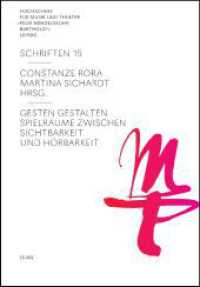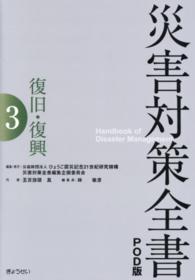Full Description
Collections usually reflect the personal nature of collecting, sometimes indicating the intellectual interests and curiosity of their owners and in many cases their particular tastes and passions. Through the relationship between the collection and its space, whether physical or theoretical, the collection takes on more nuanced meanings than solely ambition and reputation, reflecting the varied meanings the collection had for its owner and increasingly for a wider public.This new book is part of the Collecting Histories series and investigates an understudied field of research in the history of collecting. "Access" to collections is always taken for granted but the essays in this volume show that there were not only diverse types of access but that they also served a range of purposes. Before the advent of public museums, access to most collections was granted at the discretion of the collections' owners, but in other examples, it was only possible vicariously in the form of collection catalogues or eye-witness accounts.








